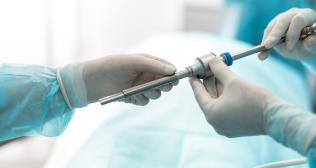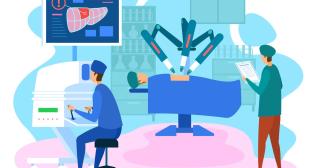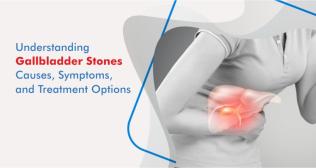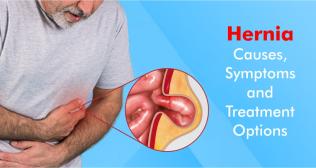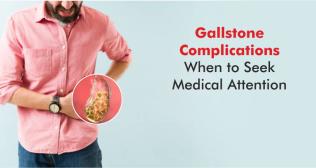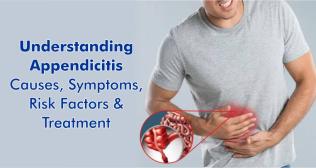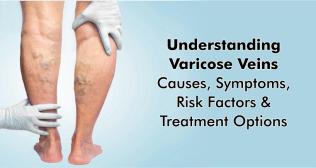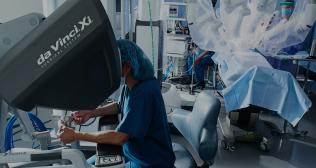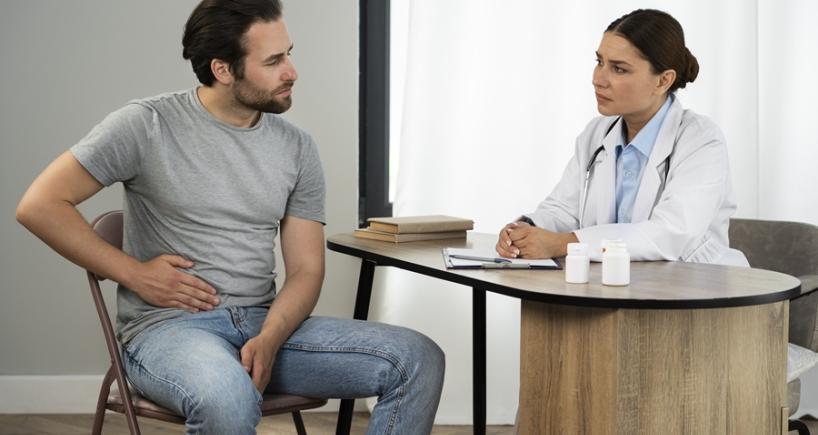
Laser Reshaping the Treatment of Piles, Fissures, and Fistula
Introduction
For proctological disorders, such as fissures, fistulas, and piles, the decision to use between conventional surgery and laser treatment might be a significant one. While both types of treatments promote healing and provide relief, laser treatment has emerged as an effective and innovative alternative to traditional methods.
About Piles
Piles! A lot of people feel ashamed of admitting they have piles. But what exactly is this condition? Piles or hemorrhoids are enlarged blood vessels that an individual can get inside or around the anus (opening of the bottom). It’s a prominent condition that several individuals experience at a certain point in their lives. Every year, approximately 10 million individuals in India suffer from the pain of piles.
Symptoms of Piles
They comprise:
- Bright red colored blood after an individual poops
- Scratchy or itchy anus
- Feeling like wanting to poop after using the toilet
- Lumps surrounding the anus
- Pain around the anus
- Mucus in underwear or on toilet paper wiping the bottom
Laser Treatment for Piles
This is the most innovative method of healing piles.
- During the procedure, general anesthesia is given to the patient.
- The surgery is pain-free.
- This technique is beneficial for treating serious hemorrhoids, especially if they are of a higher grade.
- This procedure comprises inserting the laser fiber inside the rectum. Laser energy is then utilized to destroy piles accurately.
- This is an extremely effective treatment for hemorrhoids that have not been treated in a while. The surgery is conducted without scarring or wounds.
- The procedure takes about half an hour. The patient can be discharged the same day.
- Post-surgery complications in this minimally invasive treatment for piles are relatively less. After 2–3 days, the patient can go back to normal routine but must avoid strenuous work.
Advantages
- Quick healing
- Post-laser treatment, infections are minimal
- The chances of recurrence decrease
- A minimum follow-up is required
About Anal Fissures
They are tears, or cracks, in the anus. These are inflamed blood vessels (vasculitis) in, or just outside, the anus. Both fissures as well as hemorrhoids typically result from passing hard stool.
Symptoms of Fissures
They are like symptoms of piles and comprise:
- Acute pain when passing stool
- Long, severe burning sensation
- Blood in the stool or on the toilet paper
- A visible fracture in the skin centered surrounding the anus
- Itching or anus irritation
- Small lumps or skin tags placed in proximity to the fissure in the anal
- Dysuria, that is, involuntary urination
- Pus discharge from the fissure
Laser Treatment for Fissures
- Laser fissure surgery is a minimally invasive technique that generally takes approximately 15 minutes to half an hour.
- This procedure is performed using a carbon dioxide laser to treat anal fissures by administering anesthesia.
- The laser beams destroy the scarred tissue portion.
- Before the procedure starts, the patient will be given anesthesia to make sure that they are comfortable and pain-free during the surgery.
- Once the patient is anesthetized, the surgical area will be cleaned.
- A surgical laser is used to target the tissue around the fissure and seal off blood vessels to reduce the bleeding.
- The laser can be utilized to remove any damaged tissue contributing to the fissure.
- After the laser treatment, the surgeon may put a bandage with medicines on the surgical site to aid in healing and prevent infection.
- Unlike conventional surgical methods that comprise cutting and suturing, laser fissure surgery generally does not need sutures.
- The portion will be left to heal naturally, and the wound will close on its own over time.
Advantages
- Painless
- No cuts or bleeding
- Prompt recuperation (one day)
- Patients can be discharged the following day
About Anal Fistula
An abnormal tunnel below the skin that links the anal canal in the colon to the buttock’s skin. The majority of anal fistulas form in response to an anal gland that has developed an infection.
Symptoms of Anal Fistula
The manifestations of an anal abscess and an anal fistula can be alike and may comprise:
- Pyrexia/Fever and chills
- Feeling lethargic and sick
- Pain and bulge around the anal portion
- Drainage of pus close to the opening of the anus
- Redness, soreness, and itching skin surrounding the anal opening
Laser Treatment for Anal Fistula
- This technique is carried out using a high-powered laser beam.
- The laser ablation utilizes laser beams to destroy and wipe out the fistula.
- Fistula laser closure, or predominantly referred to as the FiLAC method, is used for anal fistula treatment.
- Here, healthcare professionals aim at the closure of the track by utilizing laser energy emitted by a radial fiber linked to a diode laser.
- This causes the tissue to shrink surrounding the radial fiber, resulting in track closure.
- Here, in the majority of cases, the patient is administered anesthesia, and the surgery is done without major cuts and wounds.
Advantages
- Almost painless
- Healing time taken is short
- The most modern and up-to-date treatment method
- Makes sure not to risk the surrounding tissue
- Minimal bleeding during and after the surgery
- Least chance of sphincter damage
- Speedy and prompt recovery time
Laser treatment has revolutionized the management of conditions such as piles, fissures, and fistulas. Its minimally invasive nature, precision, decreased pain, minimal bleeding, prompt healing, and decreased chances of complications make it a compelling alternative to traditional surgery. With its multitude of benefits, laser treatment provides patients with a more comfortable and efficient solution for their medical requirements. Laser treatment is worth considering if you are seeking streamlined treatment for piles, fistulas, or fissures. Consult with experienced healthcare professionals to explore this trailblazing option.
Popular Searches :
Hospitals: Cancer Hospital in Delhi | Best Heart Hospital in Delhi | Hospital in Amritsar | Hospital in Ludhiana | Hospitals in Mohali | Hospital in Faridabad | Hospitals in Gurgaon | Best Hospital in Jaipur | Hospitals in Greater Noida | Hospitals in Noida | Best Kidney Hospital in Kolkata | Best Hospital in Kolkata | Hospitals in Rajajinagar Bangalore | Hospitals in Richmond Road Bangalore | Hospitals in Nagarbhavi Bangalore | Hospital in Kalyan West | Hospitals in Mulund | Best Hospital in India | Gastroenterologist in Jaipur | Cardiology Hospital in India
Doctors: Dr. Rana Patir | Dr. Rajesh Benny | Dr. Rahul Bhargava | Dr. Jayant Arora | Dr. Anoop Misra | Dr. Manu Tiwari | Dr. Praveer Agarwal | Dr. Arup Ratan Dutta | Dr. Meenakshi Ahuja | Dr. Anoop Jhurani | Dr. Shivaji Basu | Dr. Subhash Jangid | Dr. Atul Mathur | Dr. Gurinder Bedi | Dr. Monika Wadhawan | Dr. Debasis Datta | Dr. Shrinivas Narayan | Dr. Praveen Gupta | Dr. Nitin Jha | Dr. Raghu Nagaraj | Dr. Ashok Seth | Dr. Sandeep Vaishya | Dr. Atul Mishra | Dr. Z S Meharwal | Dr. Ajay Bhalla | Dr. Atul Kumar Mittal | Dr. Arvind Kumar Khurana | Dr. Narayan Hulse | Dr. Samir Parikh | Dr. Amit Javed | Dr. Narayan Banerjee | Dr. Bimlesh Dhar Pandey | Dr. Arghya Chattopadhyay | Dr. G.R. Vijay Kumar | Dr Ashok Gupta | Dr. Gourdas Choudhuri | Dr. Sushrut Singh | Dr. N.C. Krishnamani | Dr. Atampreet Singh | Dr. Vivek Jawali | Dr. Sanjeev Gulati | Dr. Amite Pankaj Aggarwal | Dr. Ajay Kaul | Dr. Sunita Varma | Dr. Manoj Kumar Goel | Dr. R Muralidharan | Dr. Sushmita Roychowdhury | Dr. T.S. MAHANT | Dr. UDIPTA RAY | Dr. Aparna Jaswal | Dr. Ravul Jindal | Dr. Savyasachi Saxena | Dr. Ajay Kumar Kriplani | Dr. Nitesh Rohatgi | Dr. Anupam Jindal |
Specialities: Heart Lung Transplant | Orthopedic | Cardiology Interventional | Obstetrics & Gynaecology | Onco Radiation | Neurosurgery |







